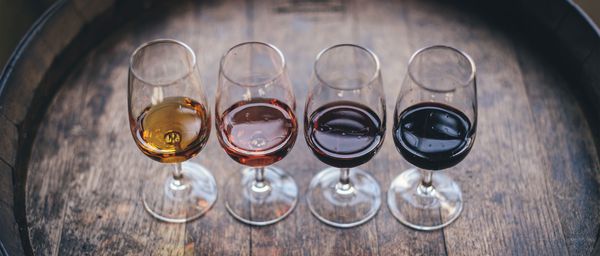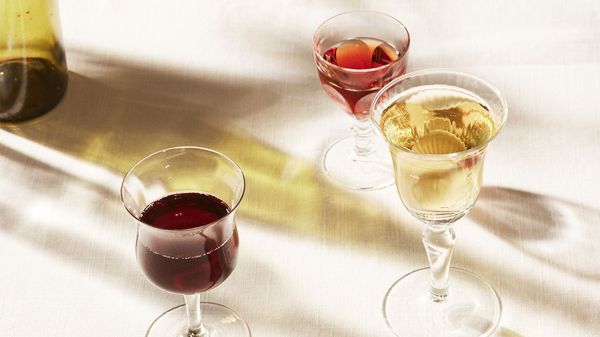Find out here which fermented grape juice you should choose for stewing, marinating, baking or refining and what you need to bear in mind when using it as an ingredient.

Wine, sparkling wine and fortified wines not only have a long tradition on the table, but also in the kitchens of this world.
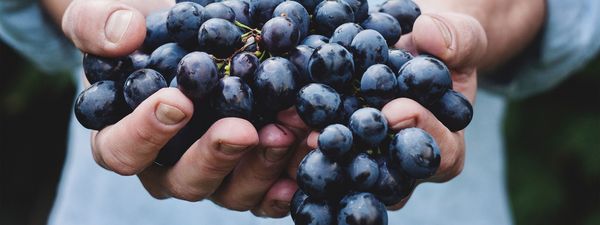
Red Wine
Fruity, light, complex and full-bodied – the many different kinds of red wine not only provide variety in the glass, but also on the plate. In this article, find out what you need to know when choosing a cooking wine.
In order to establish which red wine you want to use to enhance your dish, you firstly have to understand – in the same way as choosing a table wine – where the wine gets its cooking qualities from. It all starts with the grape varieties, which are endowed with a whole host of aromas, depending on the terroir. If the berries are used together with their seeds or even trusses to produce the must, the plant substances such as the polyphenols (which provide the colour and are also good for the heart) and the tannins are also incorporated. During the must fermentation process, the concentration of these intensely flavoured plant substances rises. Light, slightly fruity wines are generally fermented for a relatively short period of time. If wines leave a furry, astringent sensation in the mouth, the must of more tannin-rich grape varieties has spent a longer period of time in the fermentation tank and has probably been aged in a barrique. However, the tannin content not only determines the mellowness and body of the wine, but also how it can be used in the kitchen.
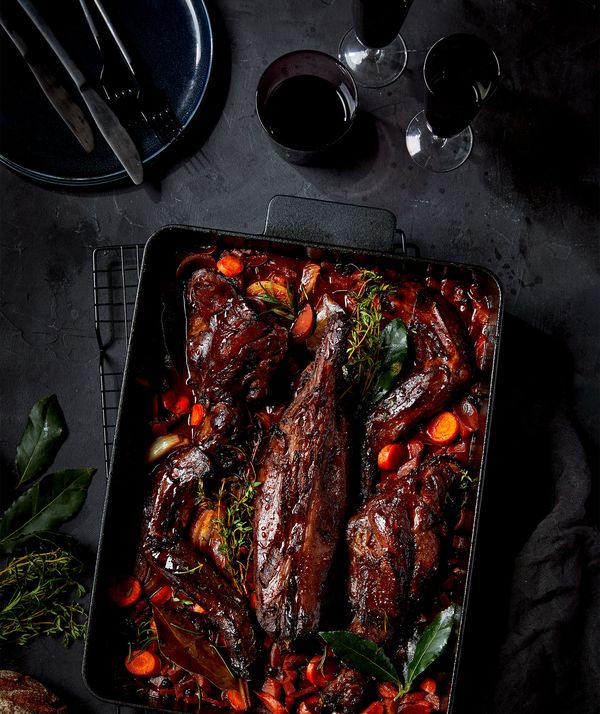
Marinating in red wine
A marinade made from the wine of black grapes is much more than a kind of liquid seasoning. The mild acidity of the red wine’s tannins loosens up the collagen in the connective tissue of the meat and partly liquefies it, making it really tender. It is important to know that when the marinade is heated during the subsequent cooking process, the alcohol evaporates and the acid, tannins and aromas become more concentrated in the remaining cooking stock. Cabernet Sauvignon, Merlot, Pinot Noir, Sangiovese, Nebbiolo and Tempranillo develop complex aromas while ageing. Spicy notes such as cinnamon, cloves, aniseed, nutmeg, vanilla, caramel, tobacco or cocoa (in the case of barrique wines, for example) go especially well with red meat and game. Fruity wines such as Spätburgunder, Bardolino and a young Rioja are also good accompaniments to white meat such as poultry and pork or a mushroom risotto. It is important to know here that wines with strong woody notes and a high tannin content, such as Barolo or Monastrell, should be carefully dosed, because the woody note may be overpowering once the marinade has been reduced. Léa Linster, Michelin-starred chef and author of the book Wein muss rein says the following: ‘The alcohol content reduces more when you boil it down pure and only then add other liquids to the pan for the sauce. If you want to give the sauce a fine sheen just before serving, reduce the temperature and then stir a knob of cold butter into the sauce.’
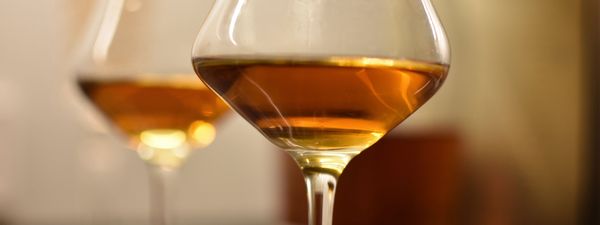
Fortified Wine
Port, Madeira, Marsala and other fortified wines conquered the world several hundred years ago and are used in traditional recipes. Find out here how to use their intense aromas in the kitchen.
The special thing about a wine that can be classed as fortified wine in accordance with the EU Regulation is the way in which it is produced, because unlike with red and white wine, the fermentation process is interrupted by fortifying it with alcohol.
This process came about more than 100 years ago out of necessity.
The result has an alcohol content of between 15 and 22 per cent and often a higher residual sweetness. This is where the similarities end, however, because specially approved grapes are pressed for each fortified wine. And even though all fortified wines rest in wooden barrels, where they develop their aromas, the ageing process differs considerably. Anyone who has ever tried well-known varieties such as port, Madeira, Marsala and sherry at the same time will know that each of these delights the palate in completely different ways. When it comes to choosing a wine for cooking, Léa Linster has the following advice: ‘Go for a fortified wine that you would also serve with the meal, because it also tastes good to you in its pure form.’
Complex aromas and more alcohol
Most of the fortified wines are red wines, but white wines are also turned into fortified wines. Depending on the variety, there are dry, medium-dry and sweet styles, which can be used in the kitchen in different ways. Dry, light Madeira such as Sercial or white port enhances fish dishes and exotic sauces. With its fruity notes of red and black berries, medium-dry ruby port goes well with meat sauces, chutneys, cheese dishes and desserts, while woody and fruity tawny port or a Marsala Superiore DOC Secco – with notes of figs, dates, caramel, walnut, wild mushrooms and herbs – is ideal for a sauce to accompany game. Any fortified wine can be used for cooking, baking or enhancing dishes. Léa Linster: ‘If a dish is only enhanced with wine or fortified wine at the end of the cooking process without having to heat it up again, the taste of the alcohol is very much in evidence. As such, use it sparingly so that you can still taste the other ingredients.’
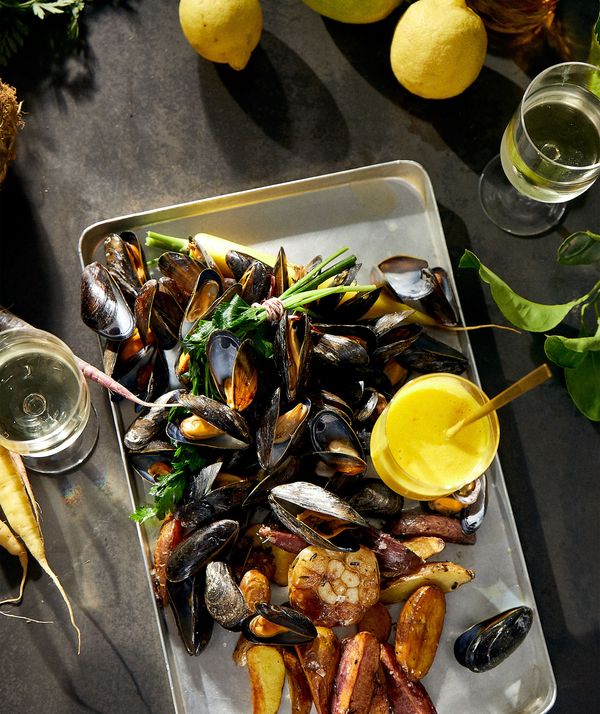
White wine
When a dish requires a certain lightness, white wine is the ideal ingredient. Its acidity works wonders when cooking, but it has to be properly dosed. Find out how to do that here.
The clear, yellowish gold and viridescent wine from the most diverse nations of this world is not made by fermenting the must of white and red grapes, but rather their pre-clarified must. Hundreds of other substances form during the conversion of the sugar into alcohol and the subsequent ageing in stainless-steel tanks. These ultimately give the wine its bouquet and taste. Depending on the terroir, variety and fermentation period, we end up with light, fresh white wine – such as those familiar to us from Germany, northern France and Austria – or juicy and sweet wine like those made in southern Europe. Some white wines like Chardonnay are also aged in barriques. They are softer on the palate and feature a subtle acidity and notes of coffee, caramel, vanilla or nut.
A fresh kick for fish and similar dishes
Léa Linster, Michelin-starred chef and author of the book Wein muss rein, explains:
‘Unlike the somewhat mellow red wine, the acid content of white wine plays a key role when being used in the kitchen.’ Dry and rather crisp white wines such as Riesling, Elbling, Sauvignon Blanc, Silvaner and Grüner Veltliner give fish, seafood, poultry and vegetable dishes a fresh kick. A white wine low in acid – such as Weißburgunder, Pinot Grigio, Trebbiano, Chardonnay and Rivaner – is recommended as liquid seasoning for creamy sauces, otherwise the cream may curdle. Young, sweeter white wines give rabbit, pork and poultry a sweet note and enhance sweet dishes. It is important to know that when you add wine to a cooking liquid it begins to boil even at low temperatures. The cooking time is also reduced, because the protein in the fish flesh, for example, is denatured by the acidity. You should therefore keep a close eye on the pot and pan to ensure tender, succulent results.
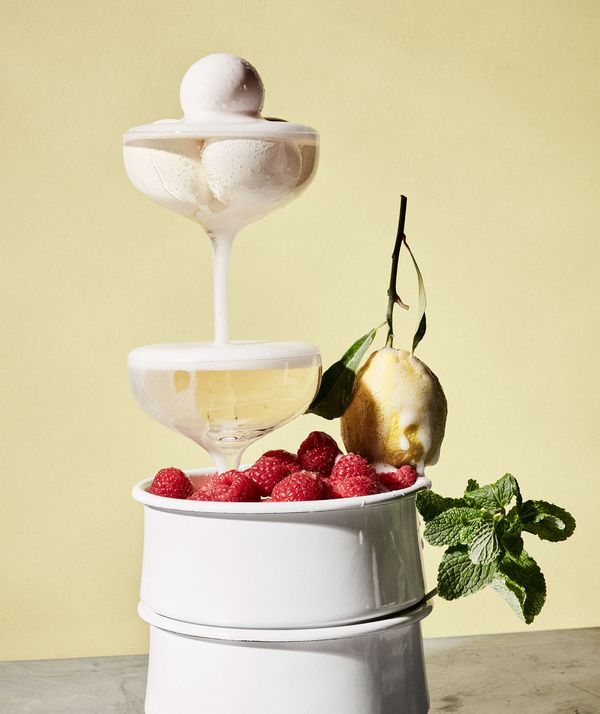
Champagne and similar
When it comes to festive occasions, we love to pop the corks and raise a glass full of sparkling wine. It is perhaps less well known that fizz is also ideal for enhancing sweet and savoury dishes.
Champagne, crémant, Sekt, spumante, vinho espumante or cava – every nation that is known for its fabulous wines can also serve sparkling versions of the grape must. The best known of these is champagne, which may only be pressed in accordance with strict rules from Chardonnay, Pinot Noir and Pinot Meunier grapes. Besides the champagne method, there are even more strictly regulated and protected production processes that all have the same aim: to produce an aromatic and wonderfully sparkling wine. ‘Champagne, crémant, cava and Sekt all taste especially good in the glass,’ says Léa Linster ‘but the carbonated drink also offers a number of benefits when cooking, because the aromas, the small gas bubbles and the acidity alter some recipes in the most delicious of ways.’
Sparkling pleasure
Carbon dioxide is responsible for the big bubbles in the glass. Depending on the variety, this is produced in pressure-resistant containers or using the bottle fermentation method and influences the consistency and taste of dishes when used as an ingredient. If Sekt or similar sparkling wines are stirred into a soup, sauce or pudding shortly before serving, it makes it foamy and delicate. In addition, depending on the variety, the dish acquires delicate fruit, nut, caramel or yeast notes and a fine acidity.
‘In the batter of cakes, crêpes, waffles and pastry, alcohol and carbon dioxide function like a gentle raising agent. The result is a light and juicy texture. A small amount of sparkling wine is enough to have an effect.’ It would also be a shame if champagne and other sparkling wines completely fizzled out in the heat of the oven or cooking pot. Accordingly, the rule is as follows: just one glass in the pot, because two is rather a lot.
